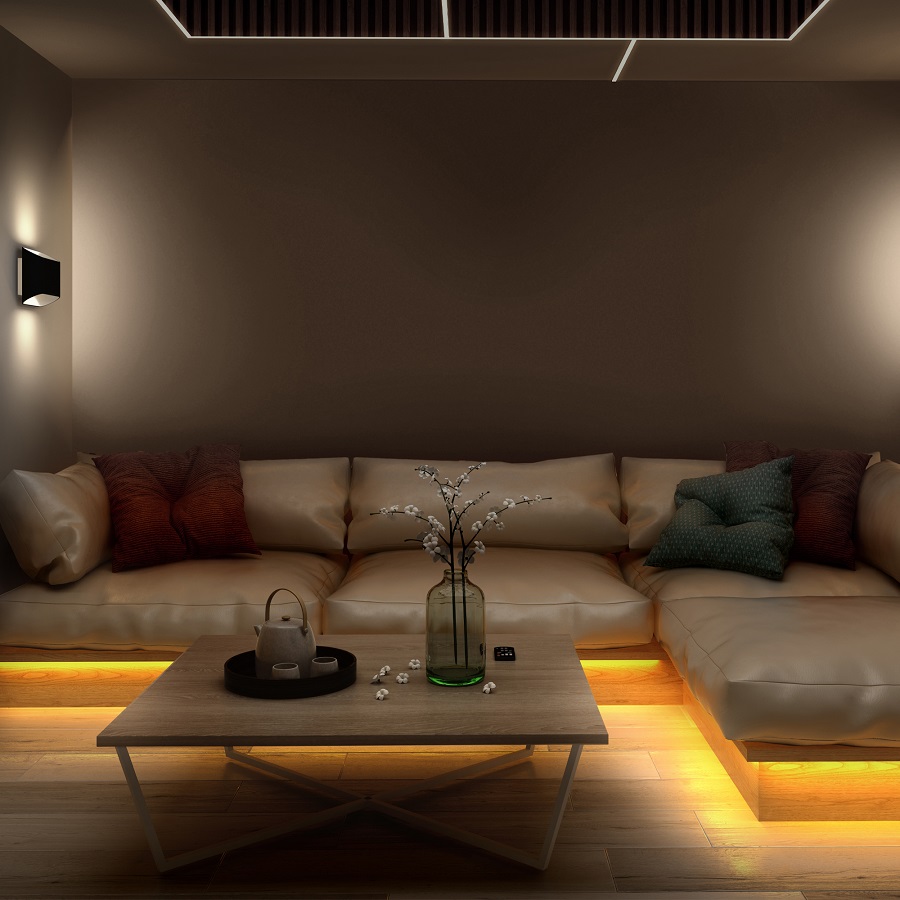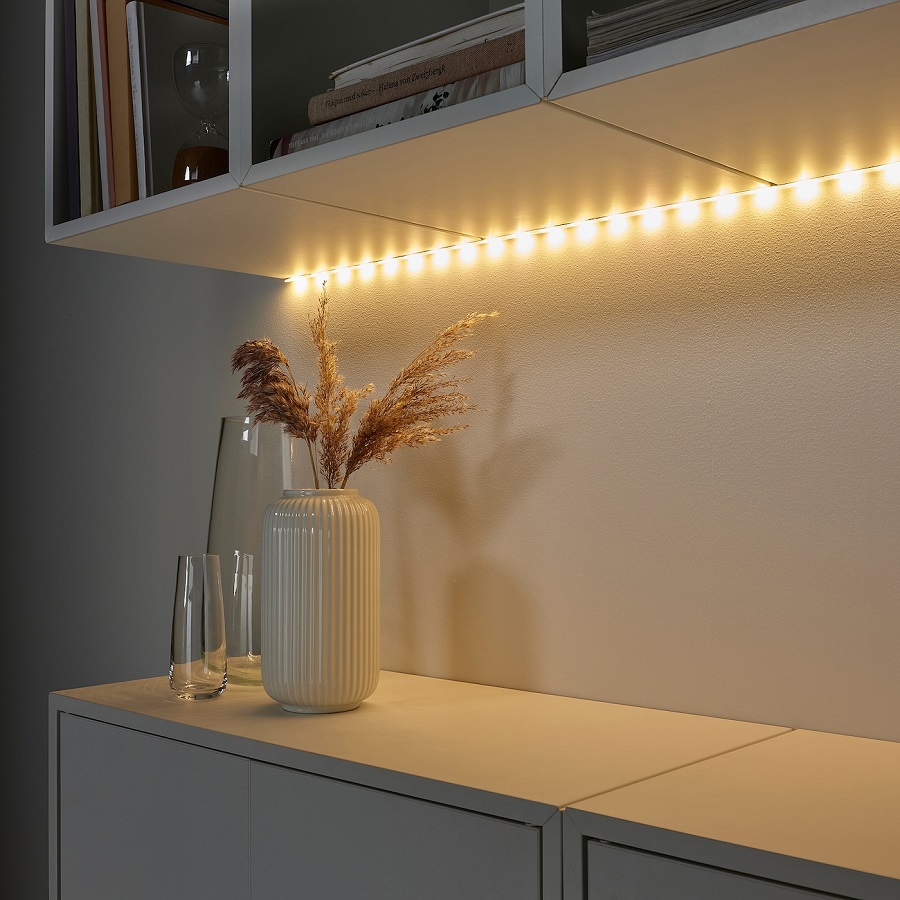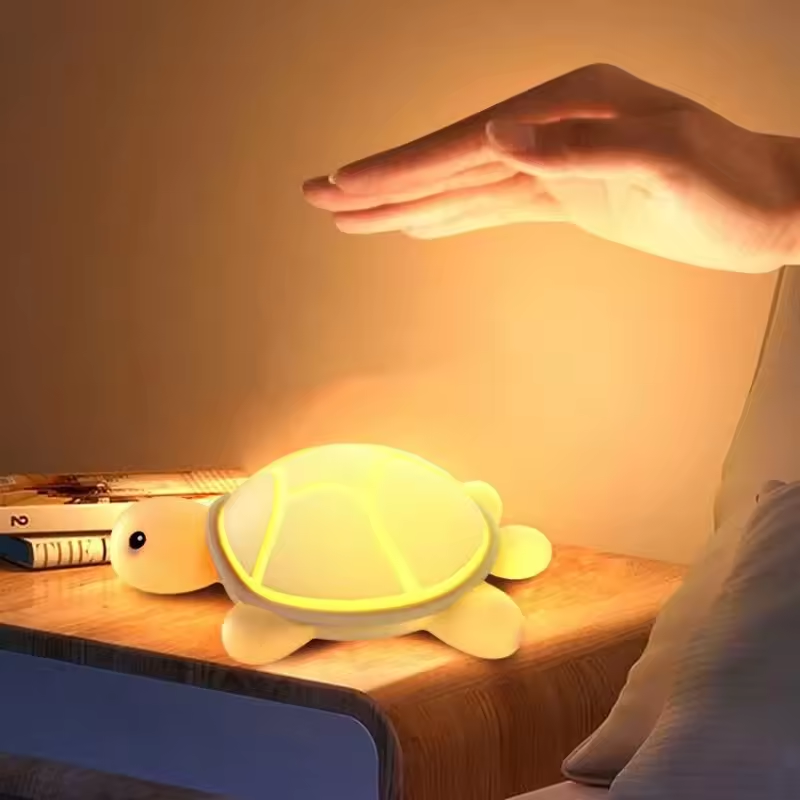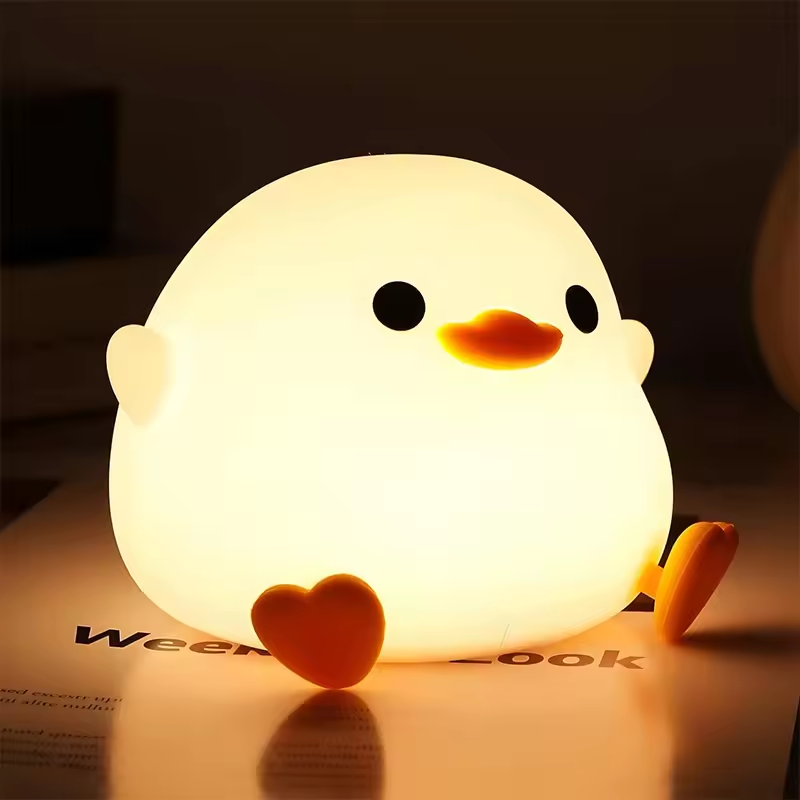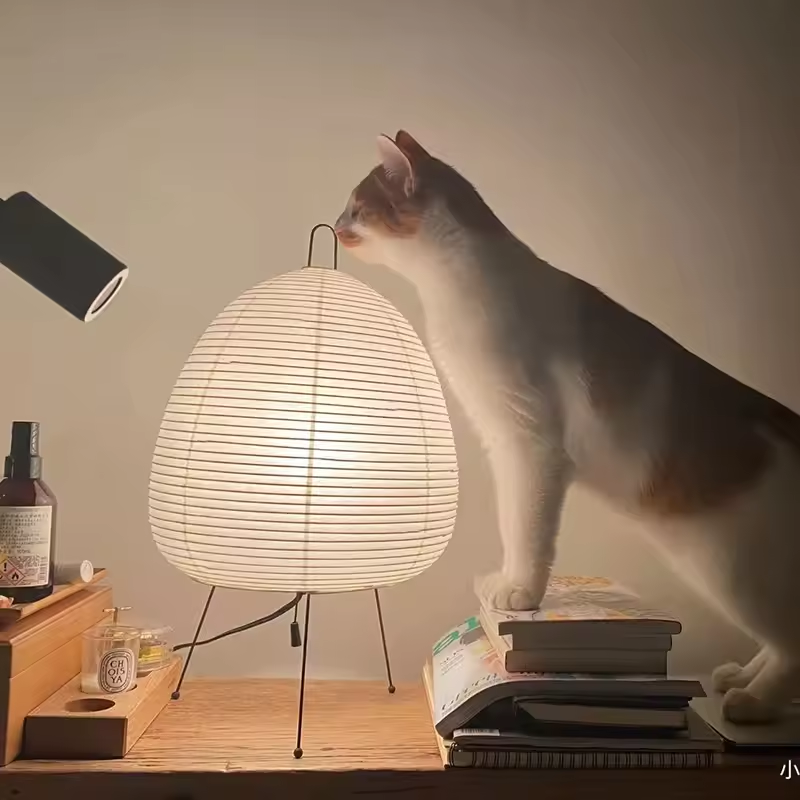Introduction
Light strip – In the pursuit of creating a comfortable and appealing living environment, lighting plays a crucial role. Among the various lighting options available, LED light strips stand out for their versatility, energy efficiency, and aesthetic appeal. Whether you want to create a cozy atmosphere in your home, enhance your workspace, or add some fun flair to your bedroom, LED light strips can transform your space in an instant. This guide will walk you through everything you need to know about selecting and installing LED light strips.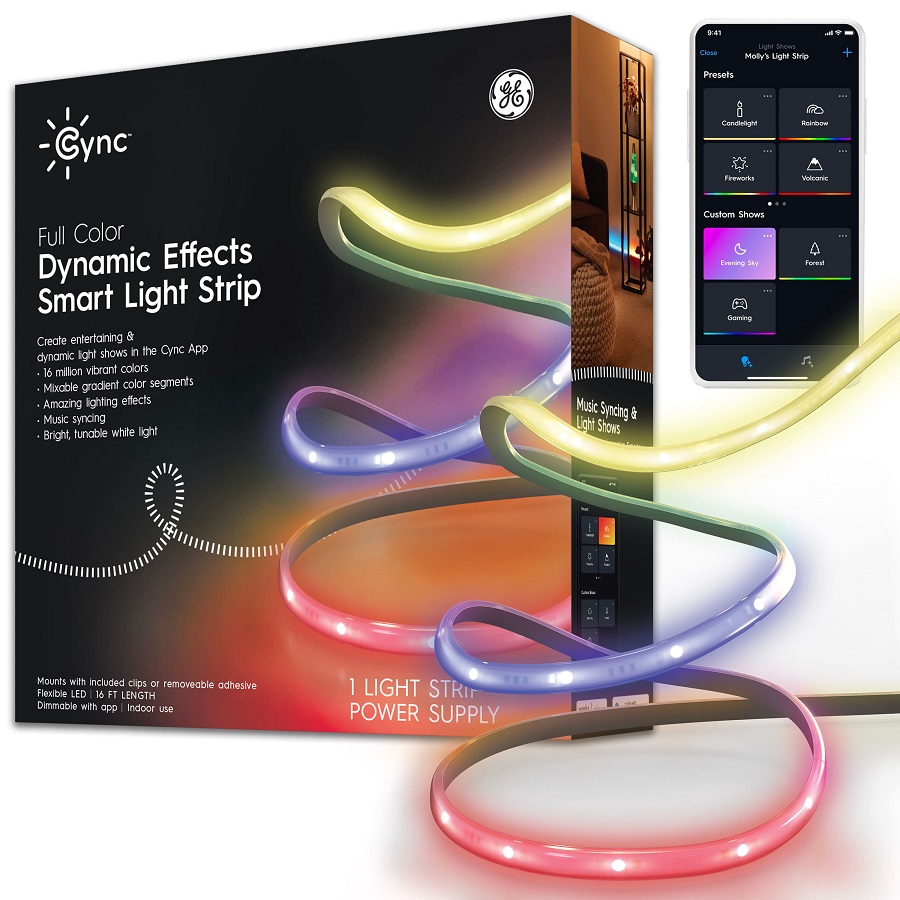
Table of Contents – Light strip
- Understanding LED Light Strips
- What are LED Light Strips?
- Benefits of LED Light Strips
- Choosing the Right LED Light Strips
- Types of LED Light Strips
- RGB vs. White Light
- Waterproof vs. Non-Waterproof
- Brightness and Color Temperature
- Length and Flexibility
- Types of LED Light Strips
- Planning Your Design
- Where to Use LED Light Strips
- Tips for Designing Your Layout
- Installation Guide
- Tools and Materials Needed
- Step-by-Step Installation Process
- Advanced Techniques
- Using Controllers and Smart Technology
- Synchronizing with Music and Events
- Maintenance and Troubleshooting
- Keeping Your LED Strips in Good Condition
- Common Issues and Fixes
- Conclusion
Understanding LED Light Strips
What are LED Light Strips?
LED light strips are flexible circuit boards embedded with light-emitting diodes (LEDs). They come in various lengths and can be cut to fit specific spaces. These strips can be powered by plugging them into a wall outlet or connecting them to a battery pack, making them incredibly versatile.
Benefits of LED Light Strips
- Energy Efficiency: LEDs consume significantly less energy compared to traditional incandescent or fluorescent lights. This means lower electricity bills.
- Longevity: LED light strips have a long lifespan, often lasting up to 50,000 hours, which means fewer replacements.
- Variety of Colors and Effects: Available in different colors, including RGB (Red, Green, Blue), LED strips can create dynamic lighting effects to suit any mood.
- Flexibility: Their flexible nature allows for creative installations, making it easy to illuminate different areas of your home.
Choosing the Right LED Light Strips
Types of LED Light Strips
- RGB vs. White Light: RGB strips can change colors and are great for festive occasions. On the other hand, white light strips come in various shades (warm white, cool white, etc.) and are perfect for creating a calming environment.
- Waterproof vs. Non-Waterproof: If you plan to use LED strips outdoors or in areas like bathrooms, consider waterproof options, which are coated in a protective material.
Brightness and Color Temperature
When selecting LED strips, consider their brightness measured in lumens. For general lighting, you’ll want strips with higher lumens, while decorative applications can utilize lower brightness. Additionally, color temperature, measured in Kelvin, affects the ambiance. Warmer temperatures (2700K-3000K) provide a cozy feel, while cooler temperatures (4000K-5000K) are more energizing.
Length and Flexibility
LED light strips are available in various lengths, and many can be cut to the desired size. Ensure you measure your space accurately before making a purchase; this way, you can avoid buying more than needed. Also, consider the flexibility of the strip—some are more malleable than others, which is important for installations around corners or intricate designs.
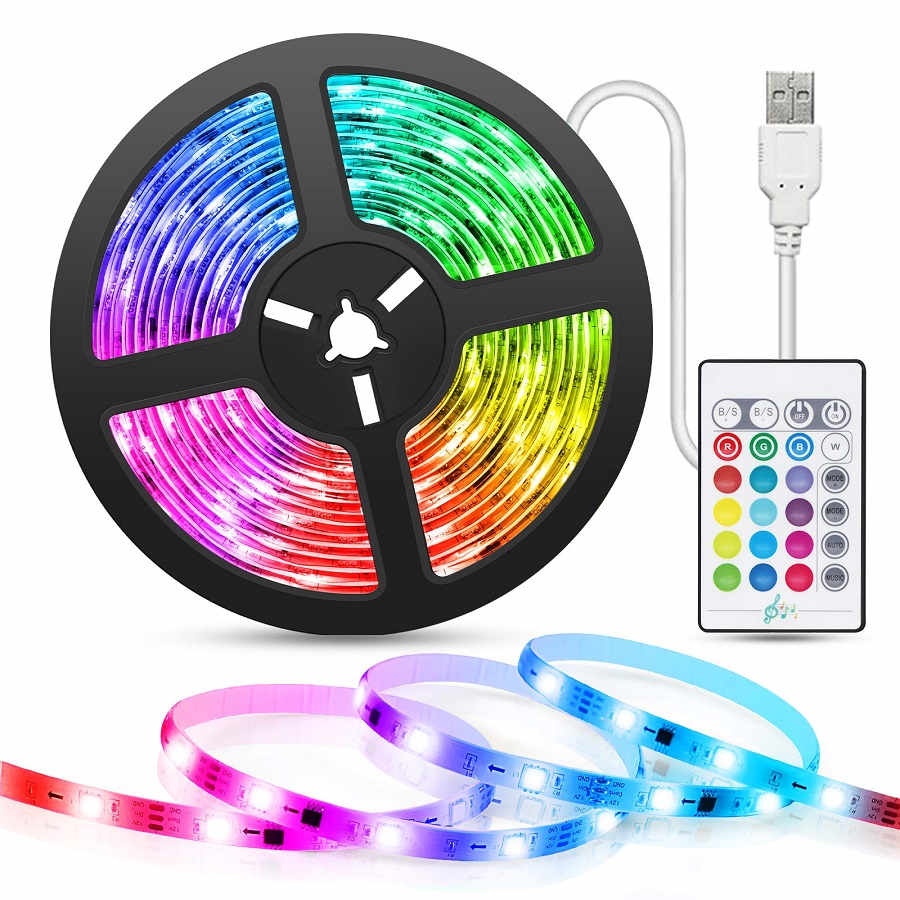
Planning Your Design – Light strip
Where to Use LED Light Strips
LED light strips can enhance various areas in your home:
- Under Cabinet Lighting: Ideal for kitchens to brighten counters or provide ambient light.
- Accent Lighting: Use strips to highlight artwork or architectural features.
- Lighting for Shelves: Create a gallery effect by illuminating books or display items.
- Backlighting: Install behind TVs or monitors for a more immersive viewing experience.
Tips for Designing Your Layout
Before installing, sketch a layout of your intended design. Consider where power sources are located to minimize the need for extension cords. Aim for a harmonious balance between ambient, task, and accent lighting for a well-designed space.
Installation Guide
Tools and Materials Needed
- LED light strips
- Power supply/adapter
- Mounting tape (or clips)
- Scissors (for cutting)
- Optional: connectors and extension wires
Step-by-Step Installation Process
- Preparation: Clean the surface where you’ll install the strips to ensure better adhesion.
- Measuring and Cutting: Measure your area and cut the strip at the designated cut lines (usually marked).
- Installing: Use the adhesive backing to stick the strip in place. For added security, consider using mounting clips.
- Wiring: Connect the strip to the power supply as per the manufacturer’s instructions. If your strips are data-based or color-changing, follow any additional wiring guidelines.
- Testing: Before securing everything, plug in the strips to ensure they work correctly.
Advanced Techniques – Light strip
Using Controllers and Smart Technology
Transform your LED light strip experience by integrating smart controllers. This allows you to control the lights via smartphone apps or voice assistants. You can change colors, set schedules, and create light scenes.
Synchronizing with Music and Events
For dynamic lighting effects, consider lights that sync with music. These are perfect for parties or setting a specific mood in your home. Look for LED strips that offer this feature.
Maintenance and Troubleshooting
Keeping Your LED Strips in Good Condition
Regular maintenance involves cleaning dust from the strips and checking for loose connections. Avoid exposing the strips to moisture unless they are specifically designed for such environments.
Common Issues and Fixes
- Flickering Lights: This could indicate a loose connection or a problem with the power supply. Check all connections and ensure the voltage is correct.
- Uneven Brightness: If certain sections are dimmer, it may be due to insufficient power supply or a damaged strip.
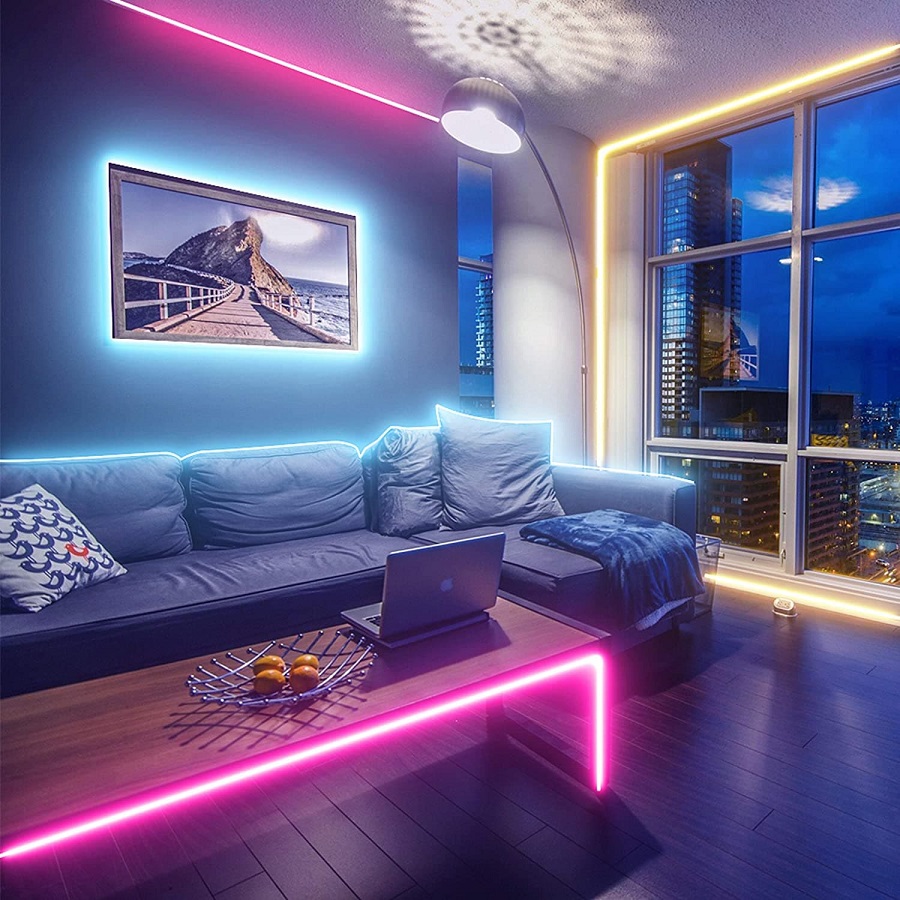
Understanding Smart LED Light Strips
Before diving into energy efficiency tips, it’s essential to understand what smart LED light strips are. They are flexible, elongated circuits that contain numerous tiny light-emitting diodes (LEDs) and can be cut to length or shaped to fit different spaces. Smart LED light strips connect to a Wi-Fi network or Bluetooth, allowing users to control them using a smartphone app, voice command through virtual assistants, or home automation systems.
Key Benefits of Smart LED Light Strips
- Energy Efficiency: LED technology is inherently more efficient than traditional incandescent or fluorescent bulbs. Smart LED light strips consume significantly less energy while providing the same or even better illumination.
- Customization: Many smart LED light strips offer adjustable color temperatures and brightness levels, enabling users to choose settings that optimize comfort and reduce energy use.
- Automation: The integration of smart technology allows for scheduling, remote control, and automation. This means lights can automatically adjust based on occupancy or time of day, further enhancing their energy-saving capabilities.
- Versatile Applications: Smart LED light strips can be installed in various locations, including under cabinets, along baseboards, or even outdoors. This versatility allows for creative applications that can enhance both aesthetics and functionality at a lower energy cost.
Tips for Maximizing Energy Efficiency
To get the most out of your smart LED light strips and enhance their energy efficiency, consider the following strategies:
1. Choose the Right Product
Start with quality smart LED light strips that have high energy efficiency ratings. Look for options rated with Energy Star or similar certifications, which indicate that the lighting meets strict efficiency guidelines established by the EPA.
2. Optimize Placement
The placement of your light strips can significantly influence their effectiveness and efficiency:
- Direct Light: Ensure that your light strips illuminate areas that require lighting rather than wasting light on walls or ceilings.
- Under Cabinets and Shelves: Utilize strips under cabinets or shelves to create ambient light without needing separate overhead fixtures.
- Outdoor Situations: Use waterproof LED strip lights in outdoor settings for pathways or patios to reduce reliance on more energy-intensive outdoor lighting.
3. Leverage Smart Features – light strip
Take full advantage of the smart capabilities of LED light strips:
- Scheduling: Program your lights to turn on and off at specific times. You can set them to activate only when you need light, ensuring that they’re not left on unnecessarily.
- Motion Sensors: If possible, incorporate motion sensors to automatically turn lights on when someone is present and off when they leave.
- Voice Control: Pair your light strips with a voice-controlled assistant like Amazon Alexa or Google Assistant to swiftly turn them on or off and minimize operation time.
4. Adjust Brightness and Color Temperature
Smart LED light strips often allow for brightness adjustment and color temperature changes:
- Dimmer Settings: Brightness levels can be tailored to suit different needs. Use lower brightness for ambient lighting and increase it when more illumination is required.
- Cool vs. Warm Light: Using warmer light during the evening can help reduce energy consumption and create a cozier atmosphere, as warmer tones are less straining on the eyes.
5. Use Smart Home Integration
Integrating smart light strips into a broader smart home ecosystem is an excellent way to maximize energy efficiency. For example:
- Connected Systems: Connect your lights to other smart home devices, such as thermometers or occupancy sensors, which can help optimize lighting based on real-time conditions (e.g., turning on when motion is detected or adjusting based on the darkness outside).
- Energy Monitoring: Some smart systems provide energy monitoring features, allowing you to track usage patterns and make necessary adjustments to save energy.
6. Maintain Your Lighting System
Regular maintenance is essential for optimal performance:
- Dust and Clean: Keep your light strips clean from dust and debris, as this can reduce their effectiveness and overall brightness.
- Inspect Connections: Check the connections regularly to ensure they are secure and functioning correctly, as loose connections can lead to energy loss and inefficient performance.
7. Educate Yourself on Energy Use
Understanding your energy consumption can help you make informed decisions:
- Monitor Usage: Many smart light solutions come with apps that can help track the hours your lights are active, offering insights into your usage patterns and potential savings.
- Compare Options: If you’re considering adding more lighting, compare different types and brands of LED strips based on their energy consumption ratings.
8. Utilize Professional Installation (When Necessary)
For extensive installations or complex integration with other smart systems, consider hiring professionals. They can ensure that the setup is optimized for efficiency and safety, preventing issues that could lead to increased energy consumption.
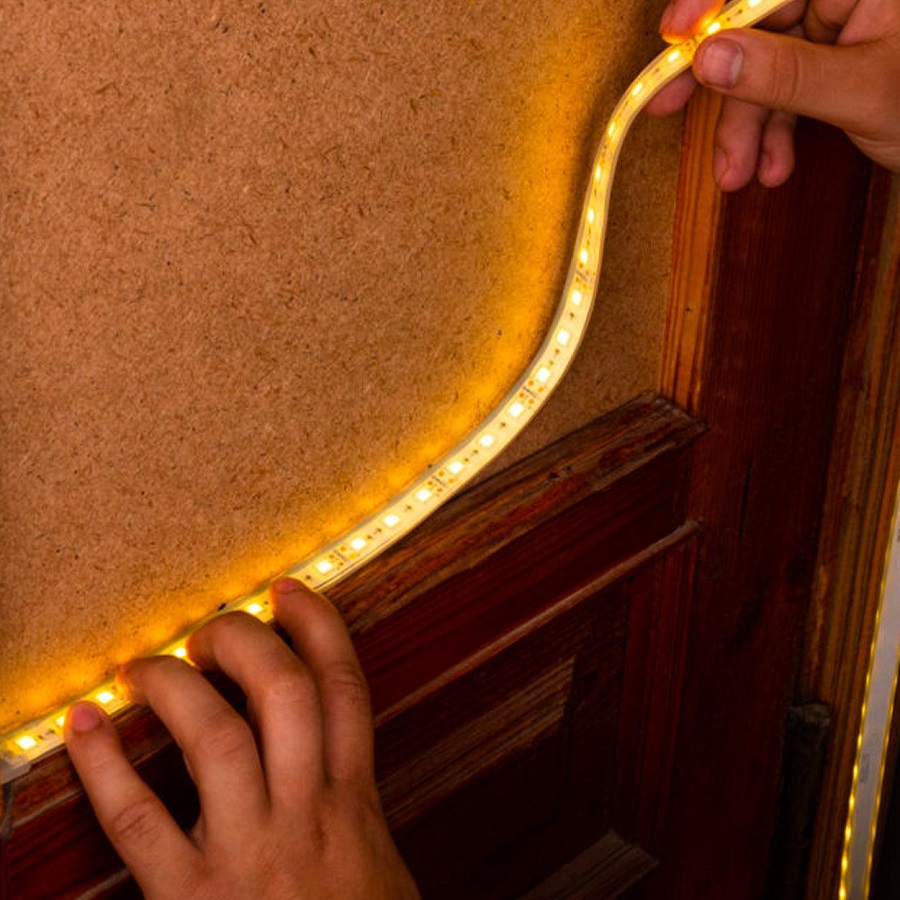
Conclusion – Light strip
LED light strips offer an innovative and cost-effective way to enhance your living spaces. By understanding the different types available, planning your design, and following the key installation tips outlined above, you can transform any room into a stylish and inviting atmosphere. With smart technology integration and creative applications, the possibilities are endless. Whether for practical lighting or creating a vibrant ambiance, LED light strips are an excellent choice for lasting aesthetics and energy efficiency.
Embrace the versatility of LED light strips and watch your spaces come alive with color, warmth, and character!
